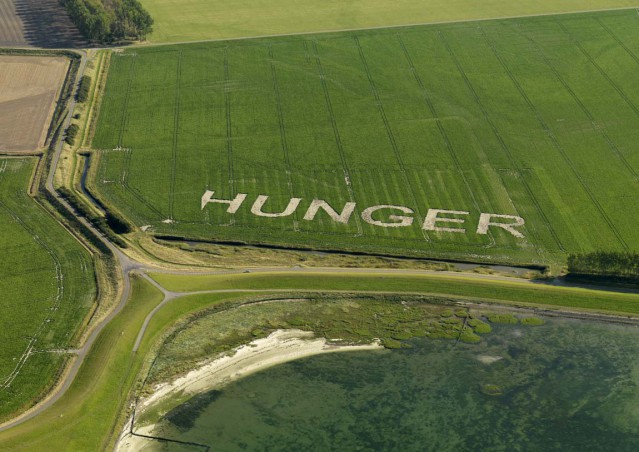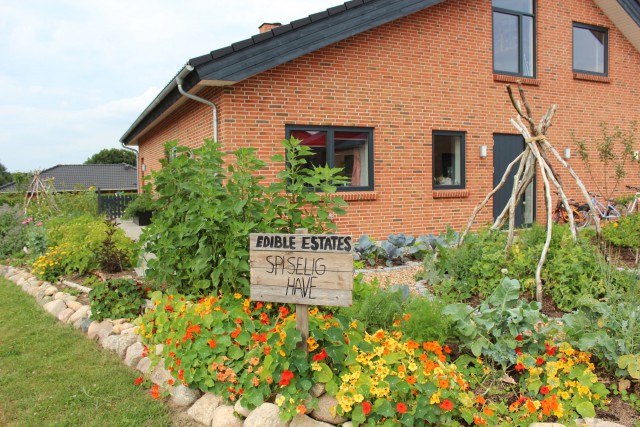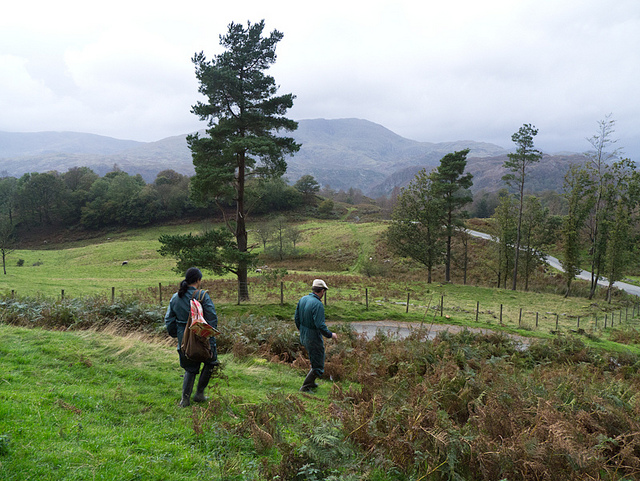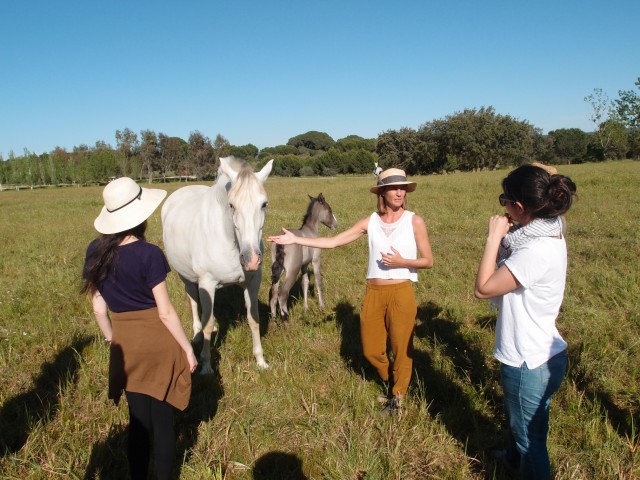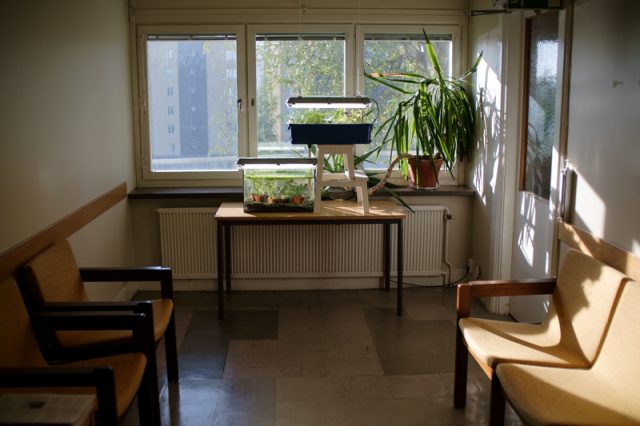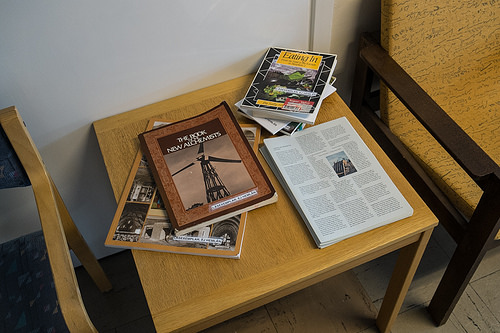This post is based on notes I made for a lecture about the pros and cons of pursuing an independent interdisciplinary research practice, mostly within an art context. Eventually the lecture didn’t happen because of lack of funds to pay for travel and accommodation. Instead it evolved into this disclosure of the financial difficulties that are part of my practice.
Some benefits with independent interdisciplinary research practice is that it:
– Can be rewarding not to be limited by conventions and hierarchies
– Can take advantage of multiple modes of research and dissemination
– May potentially reach results that were not possible otherwise
Some drawbacks is that there is:
– No salary
– Limited structures for peer support and reviewing
– Limited or no free access to work spaces, equipment, journals and fruit baskets
When I talk to people about what I do they often wonder how it works out financially. It doesn’t, and that part often tends to overshadow the rest. For anyone who is interested here is a more detailed account of just how bad it is. Hopefully knowing how the economy works out for me can be useful for others who are considering or have already set out to pursue similar practices as mine.
A typical “production” for me might involve one or pretty much all of; producing an installation for an exhibition space, shooting and editing a short documentary film, cultivating plants for cooking, facilitating a seminar, discussion or study circle, having a lecture or presentation of some sort, arranging a workshop, and writing, designing and publishing a printed publication. The amount of work directly involved can easily corresponds to weeks or months of full time work. Sometimes material that goes into the production has been brought together over many years.
A budget for a typical production is 5 – 25 000 SEK (about 500 to 2 500 EUR), sometimes it’s zero. This is supposed to cover all material costs, printing costs for publications and travel costs etc. Even with a pretty large budget there might be as little as a couple of thousand SEK left after all directly related expenses are paid. If my “business” as a whole would be making a profit then I would also have to pay taxes and social benefits and ideally also pension and unemployment insurance. This I would by the way gladly do if I was making enough money to live off.
As it is now making a decent living on for example an exhibition production is pretty far away. To put something of decent quality together usually implies spending all of the budget and in addition to this find various unconventional money-saving solutions. To make exhibitions and other commitments work out I have for example had to resort to tenting in public parks, sleeping in boiler rooms, and bringing aquariums as carry on luggage on trains. When possible I try to rent out my one room flat.
Sometimes I have myself to blame for negotiating poorly or for being more ambitious than the available budget, and sometimes doing things like tenting can be fun adventures. Other times it’s just been inconsiderate from the host and meant a lot of hassle and crappy sleep. One could of course also argue that my work isn’t good or necessary enough to warrant more support.
Although I knew I was getting into trouble when I began to develop my own art and research practice five years ago, I didn’t realise that it was going to be as bad financially as it has been. I am particularly surprised by how art institutions don’t appear to understand (or care about) the financial realities of the people they work with and whom their practice depends on.
In art contexts request for minimum pay are often just ignored. At times I have thought that maybe I should suggest to double as sound technician while giving a presentation, or as an exhibition technician while installing my exhibition, because the technicians usually do get paid. There is an idea that all that artists want is exposure, or that they have some sort of self-sacrificing calling, so if you are labelled as an artist it often means lousy pay independent of what it actually is that you do.
Exposure might be good advertising if you produce something that can be commodified and sold. But I don’t do this. The only thing that I have produced so far which is sellable is books. I have paid the publishing costs of these myself and given copies away for free to people who have helped me out or are somehow involved in them. I have also distributed copies to art book stores and art spaces. They generally take them in on commission and don’t return them if they don’t sell, which they don’t. I don’t expect them to either, they are not mainstream books and I make them freely available on the internet for people who need the information in them. Libraries pay for them though, but they usually only buy one copy.
In addition to art institutions I collaborate with nonprofit organisations and with academic institutions. Nonprofit organisations never have any money to share, and with academic institutions it seems like you have to be happy if they want to help you out with your work or support a grant application. So no money comes from there.
Occasionally my work has been quite well funded. Artist run organisations usually pay better (when they can), because they understand how difficult it is to not get paid. I have also been fortunate to receive a couple of larger work and study grants. Unfortunately, if you look at the totality of my economy then the few times that I have gotten decently paid is not enough to compensate for the times that I haven’t been.
Over the past five years my disposable income has fluctuated between zero and slightly above what by OECD standards is considered poverty in Sweden. OECD defines poverty as 50% of the countries median disposable income. In Sweden 50% of the median disposable income amounts to around 10 000 SEK (1 000 Euro) per month, after taxes (the statistics my quick search on this turned up is not the most up to date, but it’s somewhere around this figure).
At times I have been completely broke without qualifying for unemployment benefits or other financial assistance. This despite at the same time I have juggled up to four different employments simultaneously, in addition to being committed to producing exhibitions etc. Last year the majority of my income came from moving furniture at a fair, to a salary below minimum union regulated wage and quite crappy working conditions. Unfortunately it’s often these kind of low paid jobs that remain when you need money fast and can’t commit to full time jobs.
Occasionally I work as a visiting tutor at an art and design university. I really appreciate the job and would like to do more of it. But right now it doesn’t add up to much money. Although the hourly salary is ok, preparation time is usually not included and it it often means working for just one hour a day, or working split shifts with one hour of teaching in the morning and three hours of teaching in the afternoon.
If you consider my financial situations from an artists perspective you might wonder what I am complaining about. Artist in general don’t earn much, and despite my relatively low combined income I guess I have received more grants than most artists that have been at it for five years. However, knowing that many others are in similarly precarious situations doesn’t really help, and I don’t necessarily identify myself as an artist.
If what I do is considered as research, design, or engineering, which I am also educated in and have worked professionally with previously, then the amount of money that I have been earning the past few years is a joke.
That said, I’m not striving for a well paid engineer’s wage. A regular income not too far from the previously mentioned OECD poverty limit would be a satisfying financial security for me. I could live pretty well on this, and it would still mean that I am among the wealthiest people globally.
It is not a lack of material standard that is the problem for me with what I earn now. I can find most stuff cheaply and I already have all I really need. The problem is when it becomes difficult to figure out how to make ends meet with regards to paying for more or less unavoidable costs like accommodation, electricity, phone, food, public transport and medical care.
It’s common sense, but there’s also increasing research showing the negative effect that financial trouble has on physical and mental wellbeing. I can vouch for this from personal experience. I am not at all comfortable with the financial lows that I have been through over the past few years. When I am under severe financial stress, without knowing how I will be making ends meet in the near future, I find it difficult to stay calm and content. It seems reasonably descriptive to me that under such conditions cycles of fight and flight responses are activated. But with an invisible enemy it’s difficult to do either. Often the only available way out appear to be to verbalise the frustration or to withdraw. However, withdrawing can be complicated and it doesn’t solve any problems in the long run. Unfortunately verbalising doesn’t help much either, it often happens in the wrong circumstances, which just causes more trouble.
After five years under more or less financially precarious conditions it is clear to me that my current practice is economically unsustainable and that the odds of achieving a better economy in the future are slim. Because of this I am often debating if, as soon as I have wrapped up the projects I have started, I should not be pursuing more of the kind of work that I have been doing the past five years.
In any case I am already trying to do my best to do less for free, even if that means that I will produce less or with lower quality. Not working for free, especially for institutions and organisations where others earn money, is also, I believe, necessary in order to not devalue other peoples labour and force more people into precarious situations. Hopefully disclosing how my economy works out can be useful for others who are considering or have already set out to pursue similar practices as mine.
– Erik Sjödin










